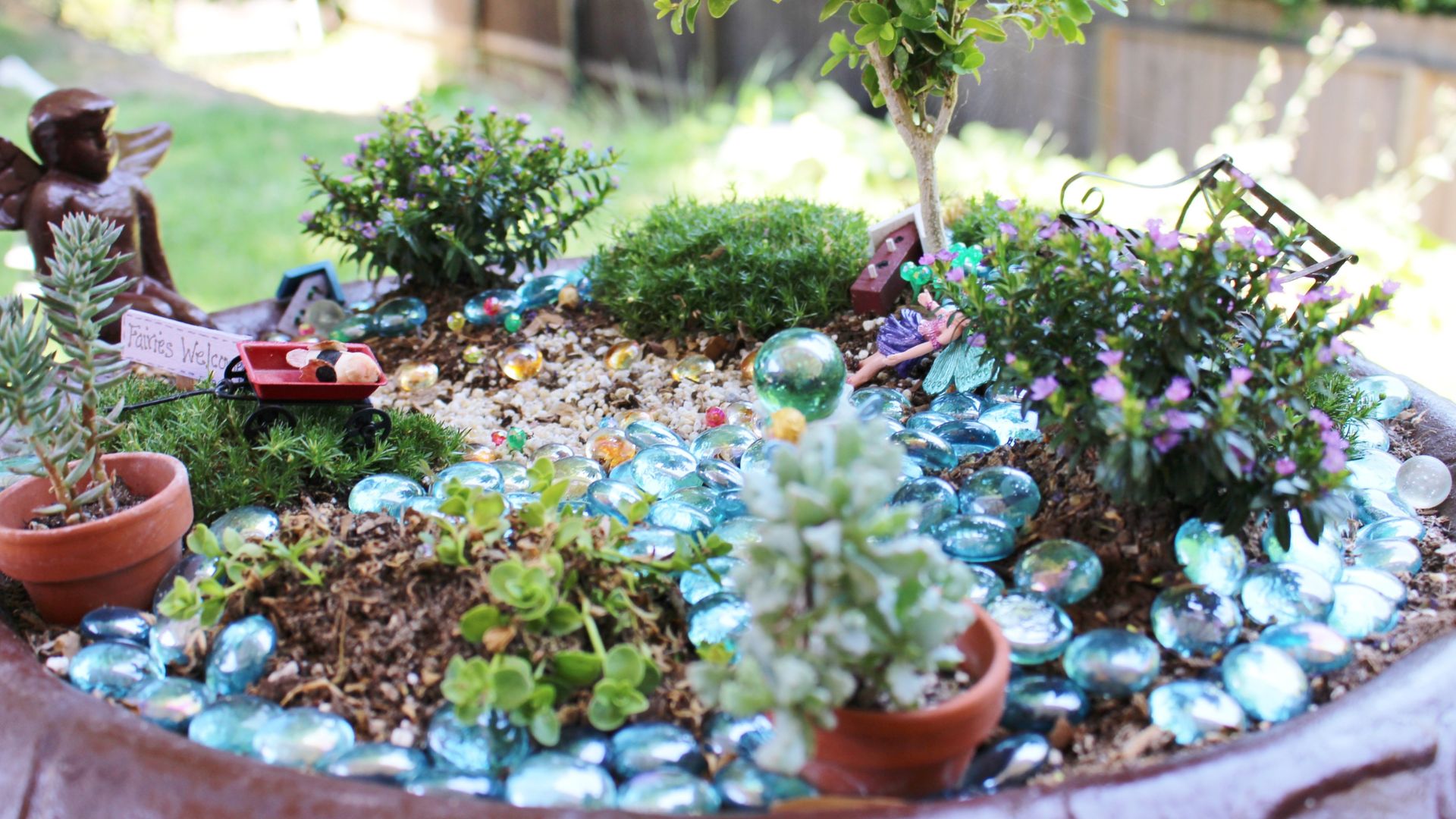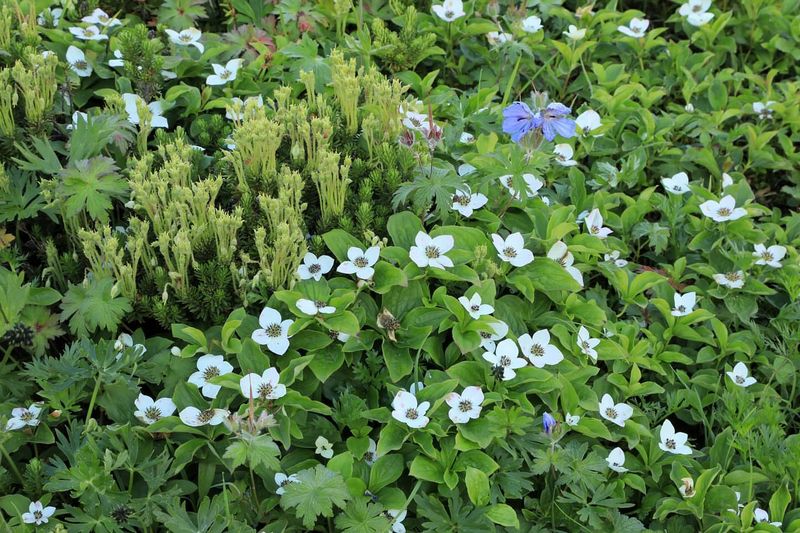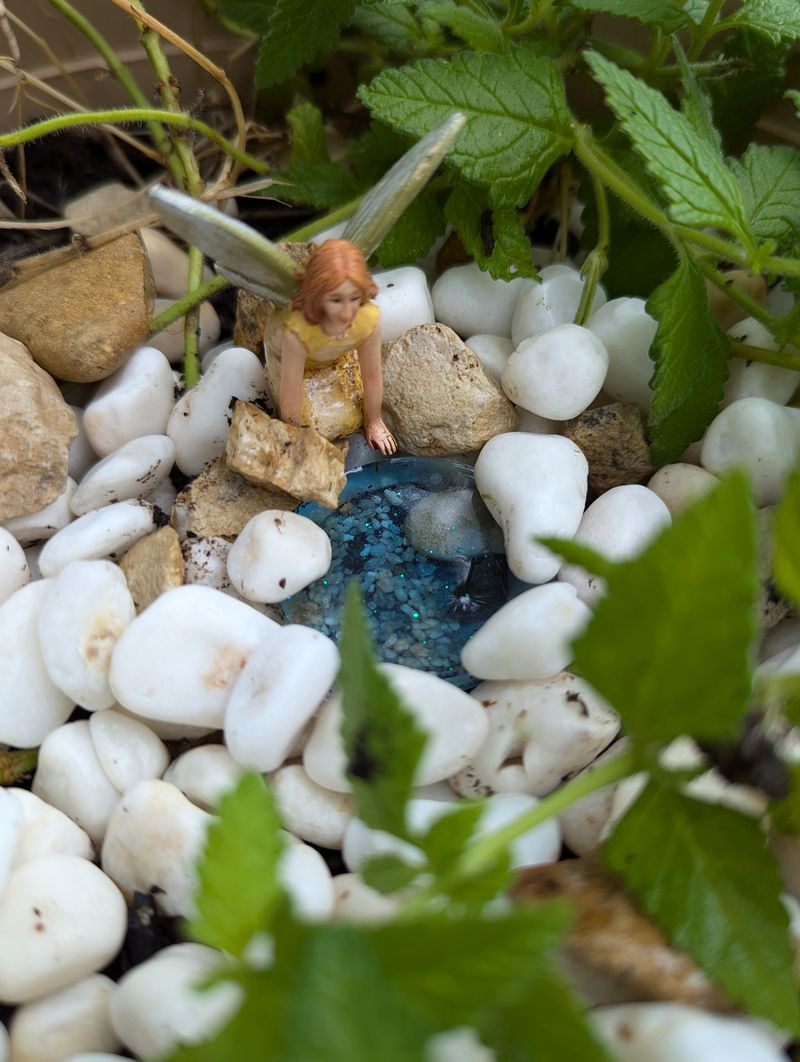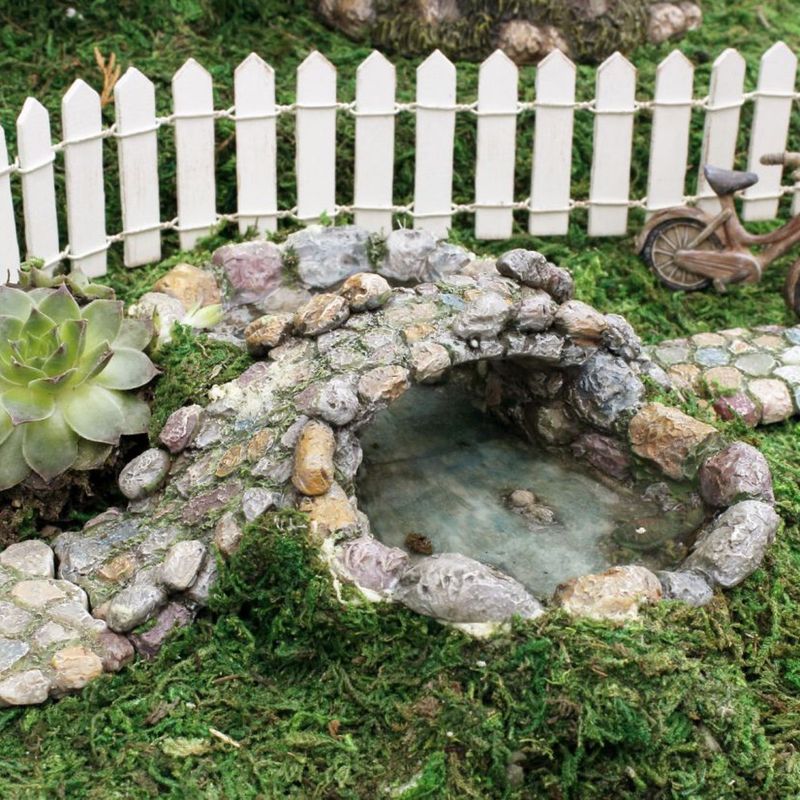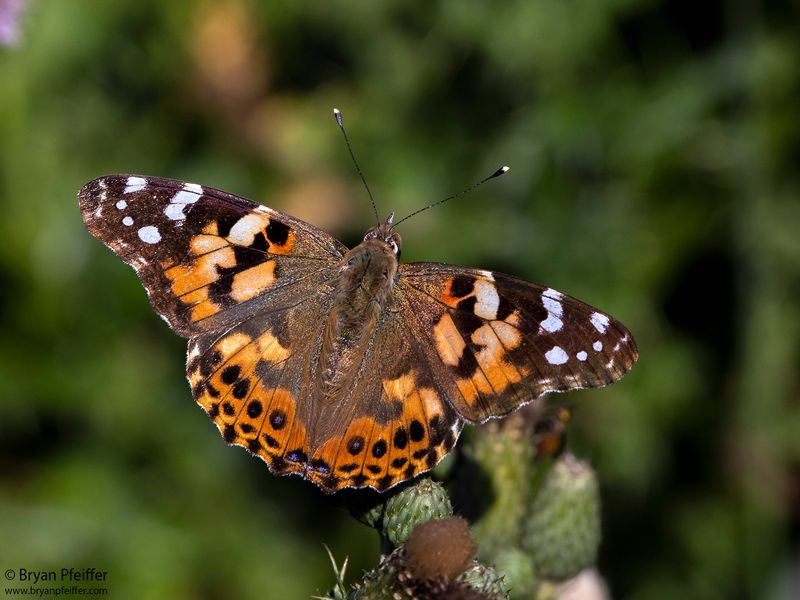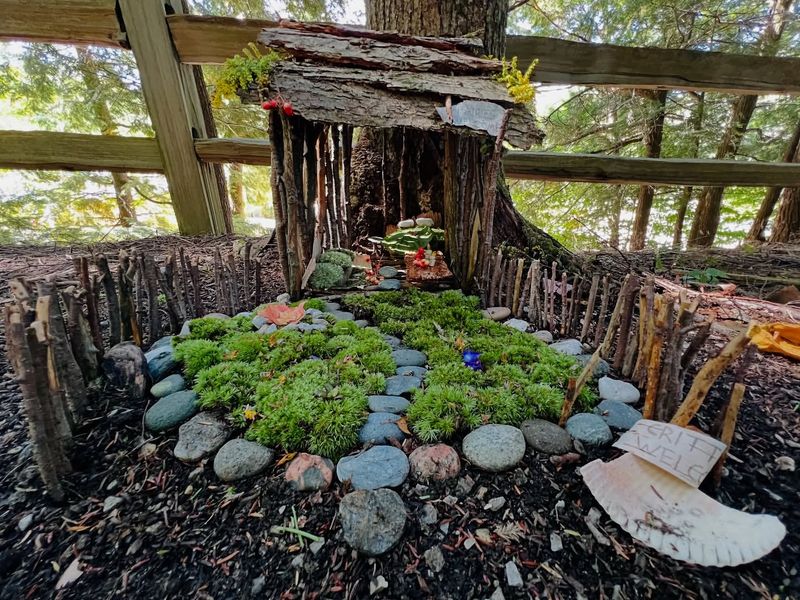Creating a fairy garden with Vermont’s native plants adds charm to your yard while helping local wildlife. Plants suited to our Green Mountain soil grow strong with less fuss. Paired with tiny fairy touches, they form a miniature world that shifts with the seasons.
I love how these small gardens attract pollinators and tell quiet stories through winding paths and tiny structures. Native plants handle cold winters and short summers, making them perfect for a garden that comes back each year.
You can build these magical spaces in containers, garden beds, or old tree stumps. With a few supplies and some creativity, you’ll craft a spot that feels like it belongs in the Vermont woods—because it kind of does.
1. Select The Perfect Native Plants
Vermont’s woodland plants make ideal fairy garden residents because they’re already adapted to our climate. Look for low-growing natives like bunchberry, which produces white flowers and red berries, or the delicate Canada mayflower with its tiny white blooms.
Miniature versions of our state’s plants work wonderfully – try wild strawberry for ground cover or the dainty bluets for pops of color. Moss collected from your yard creates instant carpeting for fairy feet.
Remember to include different heights and textures, just like in nature. Tiny ferns unfurling in spring add movement while creeping phlox creates cascading color over fairy-sized rock walls.
2. Create Natural Fairy Homes
Fallen birch bark makes perfect curved roofs for tiny dwellings, while acorn caps become adorable fairy bowls or hats. Gather pine cones, interesting twigs, and smooth stones during woodland walks to incorporate authentic Vermont elements into your design.
Building fairy houses from materials found in your yard connects your garden to its surroundings. Try hollowing out a small log or stacking flat stones to create a woodland cottage.
My favorite technique involves pressing moss into the cracks between stones to age structures instantly. Add tiny windows using twigs or create a front door from a piece of bark with a pebble doorknob.
3. Plan For Vermont’s Four Seasons
Snow blankets fairy gardens for months in Vermont, so incorporate evergreen plants like wintergreen with its red berries or hardy partridgeberry that keeps its leaves year-round. These provide winter interest when other plants are dormant.
Spring brings early bloomers like hepatica and foamflower that fairies can enjoy after the snow melts. Summer allows for delicate blooms like twin flower, while fall introduces beautiful color through plants like wild cranberry.
Consider adding a tiny sled or skis in winter, then swap them for fairy gardening tools in spring. This seasonal rotation keeps your fairy garden feeling alive and connected to Vermont’s changing landscape throughout the year.
4. Incorporate Local Water Features
Vermont’s landscape is defined by its rivers, lakes and streams – your fairy garden should include water too! Create a miniature pond using a shallow dish filled with water and lined with small stones collected from nearby brooks.
Add interest with a tiny waterfall made from stacked stones with a hidden tube that recirculates water. This gentle sound attracts both fairies and birds to your garden space.
During our freezing winters, these water features transform into ice skating rinks for fairies. Use blue glass pieces partially buried in the ground to suggest water when actual water would freeze, allowing your garden to maintain its magic even in January’s deep freeze.
5. Design Winding Pathways
Smooth river stones collected from Lake Champlain or local streams create beautiful stepping stone paths that guide fairy feet through your garden. Arrange them in winding patterns that invite exploration of all the tiny plant vignettes you’ve created.
Crushed granite, a material common in Vermont’s mountains, makes excellent fairy-sized gravel paths. Edge these pathways with tiny logs or smaller stones to define spaces within your miniature landscape.
Leave room for “secret” paths that appear to lead somewhere mysterious – perhaps behind a fern or under a small bridge made of a curved piece of bark. These hidden routes spark imagination and make visitors wonder where the fairies might be heading.
6. Attract Butterfly Visitors
Fairies love company, especially the winged kind! Plant native milkweed to attract monarch butterflies – their caterpillars only eat this plant, making it essential for their survival in Vermont gardens. The orange flowers also add bright color to your fairy landscape.
Mountain mint attracts numerous butterfly species and has tiny leaves that look proportionate in a miniature garden. New England aster’s purple blooms bring swallowtails in late summer when many other plants have finished flowering.
Place these butterfly-attracting plants near “gathering areas” in your fairy garden, like miniature benches or meeting circles made of small stones. This creates magical moments when real butterflies appear to be attending fairy celebrations!
7. Add Vermont-Inspired Accessories
Tiny maple buckets hanging from sticks represent Vermont’s sugaring tradition in miniature form. Create them from thimbles or small wooden beads with wire handles. Place them around your fairy garden in late winter when the real sugaring season begins.
Miniature apple trees made from pruned twigs with tiny red beads glued on honor our state’s apple orchards. A fairy-sized covered bridge built from popsicle sticks and weathered with watered-down paint captures another Vermont icon.
My fairy garden includes a miniature Lake Champlain shoreline with a tiny Champ sea monster peeking out from behind rocks! These regional touches make your fairy garden uniquely Vermont and connect it to our state’s natural and cultural heritage.

